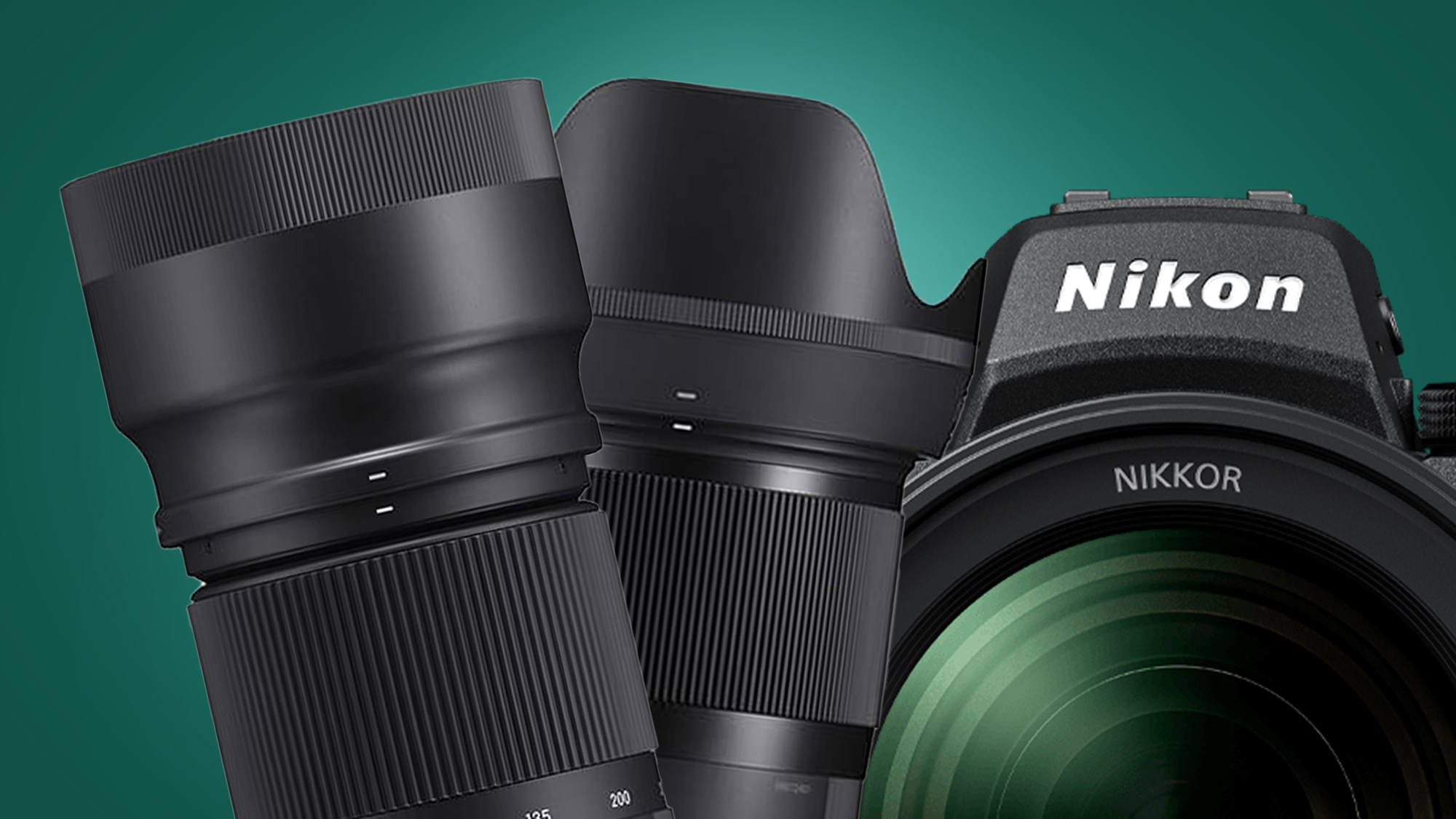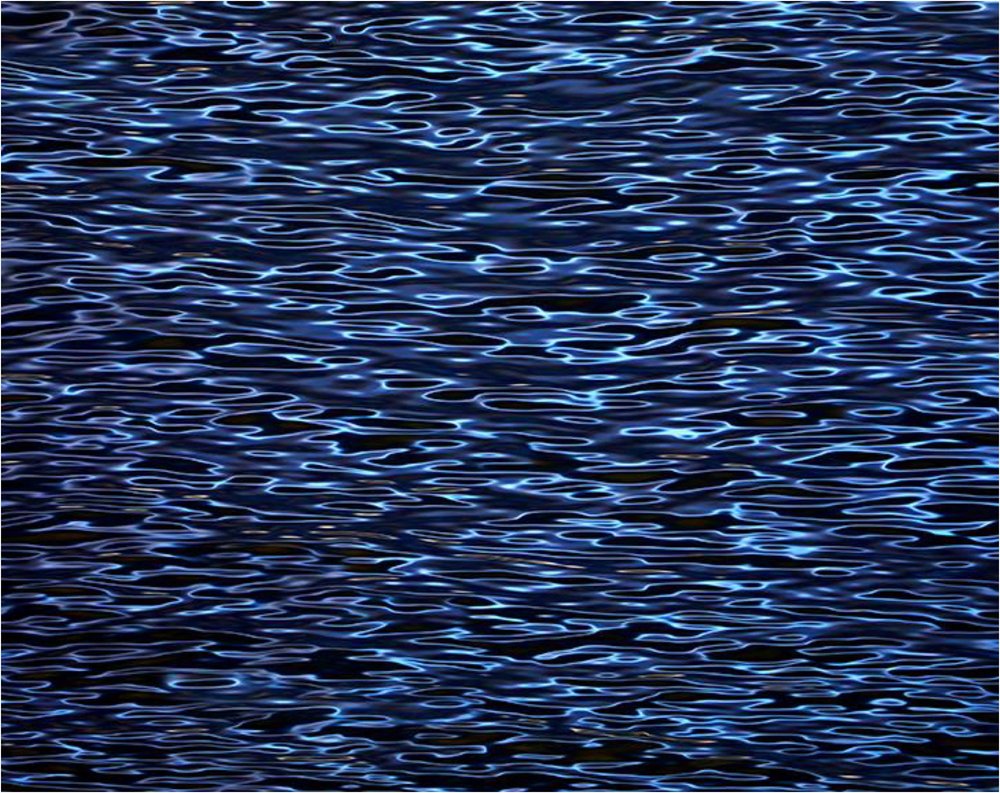Articles

The Moon in Pictures, from Apollo 17 to Artemis 1
DPmag News
“Man, this thing shakes like a son-of-a-gun!”
So said Astronaut Ronald Evans as he sat strapped to the nose of a Saturn V rocket, 1 minute and 14 seconds after liftoff of Apollo 17 on December 6, 1972. Thirteen days later, having orbited the moon 75 times, he returned to earth along with Gene Cernan and Jack Schmitt—his astronaut colleagues who had walked on the lunar surface. They are the last humans to do so.
Earlier this week, NASA’s Artemis 1 mission also returned safely to earth, 50 years to the week of that Apollo 17 moonwalk. Artemis, named for the twin sister of Apollo in Greek mythology, did not touch down on the lunar surface but instead spent a week orbiting and taking pictures—lots and lots of pictures.
The moon holds an important place in the history of photography. Likewise, photography has been fundamental in our understanding of the moon. The Apollo missions 50 years ago famously used Hasselblad cameras to document that desolate gray rock in what turned out to be gorgeous detail. Never before had humans photographed a celestial body up close and personal and provided photographic evidence of the most profound type: a human footprint on the surface of the moon.
While the major difference between the photographs of Apollo and Artemis is one of technology, the image quality of those old photographs was tremendous. A medium format negative contains similar information to an 80-megapixel digital sensor, so fidelity was not an issue. In fact the biggest difference between Apollo and Artemis photography is personnel. The 1972 photographs were made by astronauts hand-holding Hasselblad cameras (one being, somewhat controversially, left on the surface of the moon) while the 2022 Artemis images were captured remotely.

As an unmanned mission, Artemis 1’s Orion spacecraft was equipped with 16 cameras, including those purpose built for navigation as well as consumer cameras such as the GoPro Hero 4. On the official NASA Johnson Flickr photostream, each image includes capture specifications including exposure data and more. In the venn diagram where photo geek overlaps with space geek, NASA’s Flickr photostreams are dead center.
Another difference between Apollo 17 and Artemis 1 is trajectory. In 1972, NASA’s Apollo program had been canceled and that last manned mission to the moon was a melancholy affair. By contrast Artemis 1 represents a moon program once again on the upswing, with Artemis 2 planned to carry a manned crew to orbit the moon within two years and Artemis 3 to once again deliver humans to the lunar surface before the end of the decade. New photographs made by humans on the moon, coming soon.
It is in that spirit that we present a collection of astounding photographs, captured by Artemis 1 and Apollo 17 on their missions to the moon a half century apart.











To see more from NASA’s gallery of high-resolution images from the Artemis 1 mission, visit the NASA Johnson Space Center’s Flickr Photostream.
The NASA Commons Flickr photostream contains hundreds of images from the dawn of flight 120 years ago to the Artemis 1 mission.
The entirety of NASA’s image collection from the Apollo era can be found online at NASA.gov.
For an unbelievably interesting immersive Apollo 17 experience, check out Apollo in Real Time. This multimedia website, created by Apollo historian Ben Feist, synchronizes mission data with audio, video and photographs to provide detail and context about the circumstances immediately surrounding the mission, as well as the now-iconic images it provided. Immerse yourself in Apollo 17 in Real Time here.
Lastly, dig into Apollo 17 documentation and mission information at the Lunar and Planetary Institute’s Apollo 17 Mission Overview website. Filled with photos and a narrative surrounding the mission—including great information about Apollo photographic equipment—the site provides immense value for those interested in better understanding the context of this last manned mission to the surface of the moon.
Read More "The Moon in Pictures, from Apollo 17 to Artemis 1"
The post The Moon in Pictures, from Apollo 17 to Artemis 1 appeared first on Digital Photo.

























